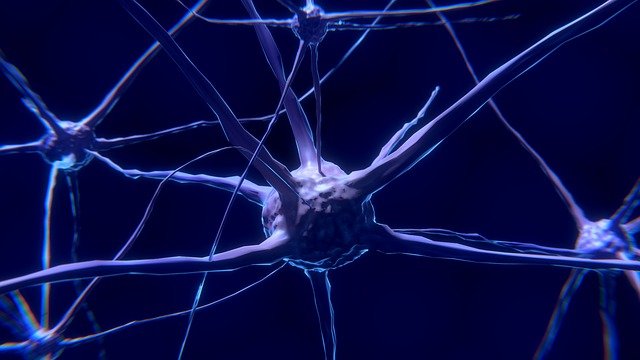Our brains have a membrane and a skull to give us protection from blunt trauma, however that protection is very limited. After suffering a severe injury, the brain looks for ways to self-heal and this includes rewiring itself to do everyday tasks that are now difficult. With neuroplasticity, our brains can not only change in a functional format, the actual structure of the brain can change and adapt.
Neuroplasticity is the ability to make or change synaptic connections in the brain. It helps to improve learning, memory and reduce the declining abilities of the brain as we age.
To understand neuroplasticity in its most basic form, we can compare a single neuron in the brain to a small battery. One small battery connected by filament wire to another battery is not enough to light your entire house. However, if you keep adding batteries, all connected together, eventually you could run your entire household on these batteries. The filament wire would eventually break down but there would be a solution. Just like neuron to neuron in the brain, you would not have just one wire connecting them. You would layer wire upon wire until you had a very strong cable made of wire from one battery to the other.
As you work on enhancing the neuroplasticity of your brain, you are increasing not only the strength of the connections between neurons…you are also increasing the size of strength of the dendrites that protrude from each neutron. The dendrites have been compared to tree branches and having multiple strong dendrites, allows for a purer signal reception from neuron to neuron.

While the main focus on neuroplasticity is on the neurons, their connections and dendrites, there are two other components we should not forget. There are two cells referred to as the glial and vascular. The glial cells have a three-part function, including the support and protection of those important neurons. The vascular cells work on providing oxygen rich blood to the brain to help support its overall functionality.
Many people are under the belief that neuroplasticity of the brain is a singular item when it is actually a two-part process.
Functional neuroplasticity occurs when one part of the brain has a section that is not working correctly and that workload is shifted to another part of the brain that is healthier.
When we talk about brain exercises, that strengthen the connections between neurons and improve dendrites, this is referred to as “structural plasticity.” Here we are actually changing the structure of the brain by focusing on building it, just like we focus on building muscles.
Every time we learn something new, we physically change the brain, whether is learning to change a tire for the first time or doing actual brain exercises. We can illustrate daily learning by looking at the first few years of childhood. In that timeframe, we are learning at a rapid rate and building thousands of connections for each separate neuron. A few years later, this connection building slows down as we have learned to walk, talk, count and are able describe what we see and hear. Our base learning is done and over the years we add on what we require.
We talked about strengthening the connections by adding more and more from one neuron to the other. We also drop connections that are no longer required. Basically, we are weeding out expired connections, to let the necessary connections have room to grow and strengthen. Eventually some neurons will expire as well since our brain is also changing and looking to gain the most functionality that is possible.





